The Bible meticulously documents the places Jesus traveled and the lives he touched. While some accounts remain within the realm of faith, others are supported by historical and archaeological evidence. Let’s explore the known journeys of Jesus, separating fact from myth and legend, and uncovering the significant locations associated with his life and ministry.
The Flight to Egypt (Maadi): Seeking Refuge
Following the birth of Jesus, his family sought refuge in Egypt. This flight was prompted by King Herod’s decree to massacre infant boys in an attempt to eliminate the perceived threat posed by the newborn “King of the Jews,” as mentioned in the Gospel of Matthew (2:16-18). Jesus and his parents remained in Egypt for a period of at least three years. While no definitive accounts detail Jesus’ return to Egypt after his childhood, this initial journey holds immense significance.
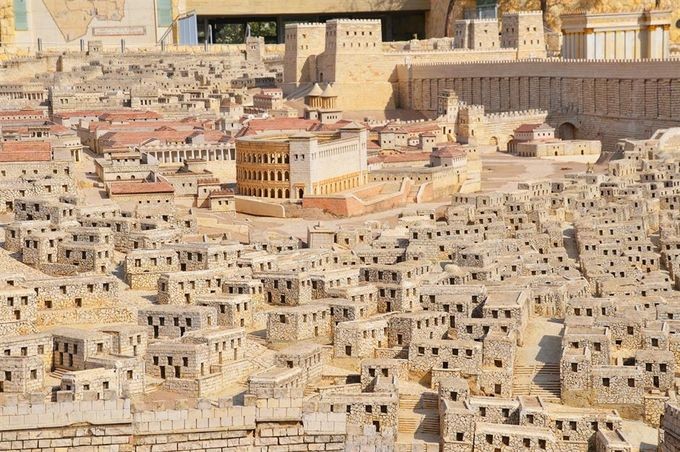 Holy Family fleeing to Egypt, seeking refuge from Herod's persecution of infants.
Holy Family fleeing to Egypt, seeking refuge from Herod's persecution of infants.
Feast of Passover at Jerusalem: A Glimpse of Wisdom
The Gospels provide a notable account of Jesus’ early life during the Feast of Passover in Jerusalem (Luke 2:41-52). At the age of twelve, Jesus remained in Jerusalem, engaging in profound discussions with religious scholars in the temple. This event offers a unique glimpse into the developing wisdom and spiritual understanding of the young Jesus. However, the subsequent eighteen years of Jesus’ life remain largely undocumented in the Bible.
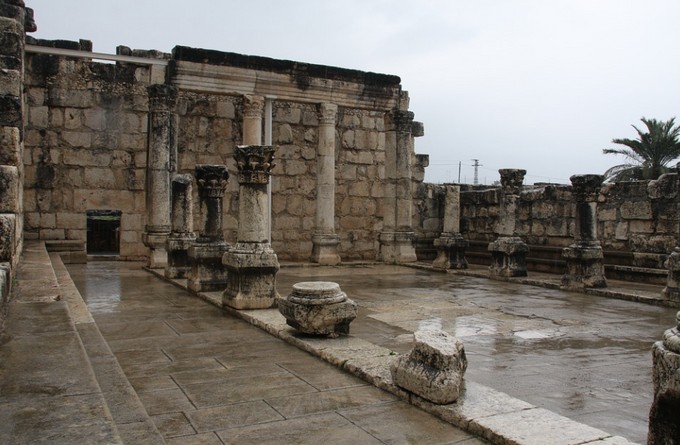 Jesus as a young boy, astonishing religious teachers at the Temple in Jerusalem during Passover.
Jesus as a young boy, astonishing religious teachers at the Temple in Jerusalem during Passover.
The lack of explicit biblical accounts during this period has led to various theological speculations regarding potential travels and experiences of Jesus. The four Gospels are silent on this period, making it impossible to definitively confirm or deny any specific journeys during those years.
The Journey to Qana/Cana: The First Miracle
Cana, located in the Galilee region near Nazareth, holds significance as the site of Jesus’ first recorded miracle. During a wedding celebration, Jesus transformed water into wine, demonstrating his divine power and marking the beginning of his public ministry. Archaeological discoveries in Lebanon, including ancient stone wine pots, have been linked to this miraculous event.
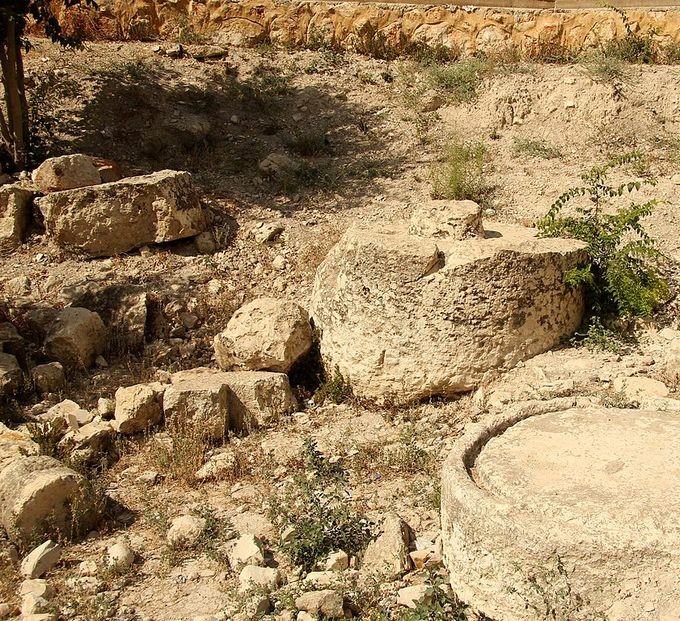 Archaeological discovery of stone jars and grape presses, potentially linked to the Wedding at Cana miracle.
Archaeological discovery of stone jars and grape presses, potentially linked to the Wedding at Cana miracle.
Jesus in Lebanon: Tyre and Sidon
The Gospel of Matthew (15:21-28) describes Jesus’ travels to the ancient Phoenician cities of Tyre and Sidon, situated northwest of Galilee along the Mediterranean coast in modern-day Lebanon. These cities, mentioned in the Gospel of Luke in the context of divine judgment, highlight Jesus’ ministry extending beyond the borders of Galilee.
Myths and Legends Surrounding Jesus’ Travels
Beyond the biblical accounts, various myths and legends propose alternative journeys for Jesus, often lacking historical or scriptural support.
Alleged Travels to India/Tibet
One such claim, popularized by Nicolas Notovich in 1887, suggests that Jesus traveled to India at the age of 13, immersing himself in Buddhist teachings. These accounts often reference purported ancient texts discovered in India that allude to Christ under the name “Isha.” However, these claims have been widely discredited by Christian scholars, who cite a lack of verifiable evidence.
 A vibrant scene in India, reflecting the culture and spiritual landscape where Jesus was rumored to have traveled and studied Buddhism.
A vibrant scene in India, reflecting the culture and spiritual landscape where Jesus was rumored to have traveled and studied Buddhism.
Northern England: Tin Merchant Tales
Another legend places Jesus in Northern England, accompanying his uncle, a wealthy tin merchant, during the Iron Age (700BC – 43AD). Poet William Blake romanticized this myth. Some versions even connect Jesus to Glastonbury and Somerset during the time of King Arthur. The tales speak of Jesus’ uncle planting a staff that miraculously grew into the Glastonbury thorn tree.
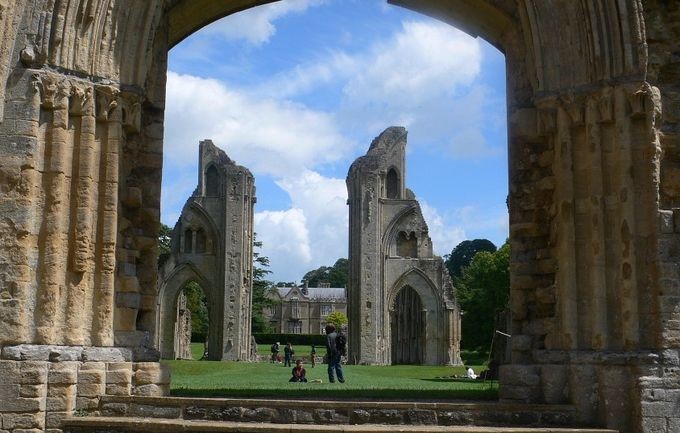 A depiction of Glastonbury, England, interwoven with legends of Jesus's uncle and the mystical thorn tree.
A depiction of Glastonbury, England, interwoven with legends of Jesus's uncle and the mystical thorn tree.
Cornwall and the Celtic Druids
Similarly, claims exist about Jesus visiting Cornwall, a tin mining region, where he supposedly interacted with Celtic druids, absorbing their teachings and wisdom.
 The rugged coastline of Cornwall, shrouded in tales of Jesus encountering Celtic Druids.
The rugged coastline of Cornwall, shrouded in tales of Jesus encountering Celtic Druids.
Theological experts generally dismiss these stories as apocryphal, lacking any substantial proof.
Rome: The Eternal City
While Jesus himself never journeyed to Rome, the staircase believed to have been climbed by Jesus before Pontius Pilate prior to his crucifixion was transported to Rome.
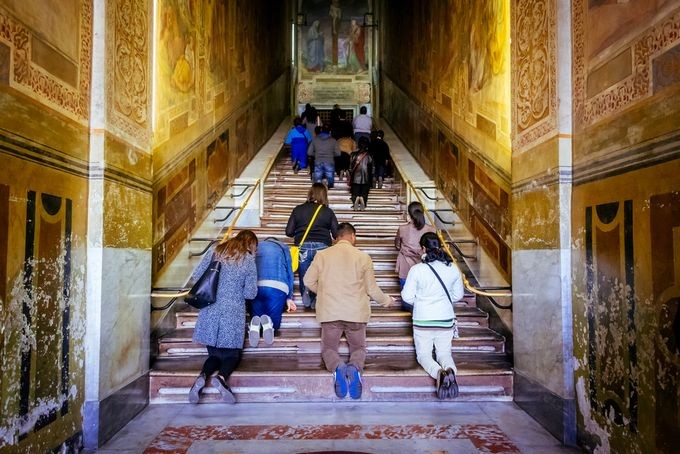 The Scala Sancta (Holy Stairs) in Rome, believed to be the stairs Jesus climbed before Pontius Pilate.
The Scala Sancta (Holy Stairs) in Rome, believed to be the stairs Jesus climbed before Pontius Pilate.
Conclusion: Faith and the Known Journeys
Scholars suggest Jesus’ wisdom and knowledge upon his return to Nazareth indicate a period spent away from home. However, the only confirmed journey outside of the immediate region of Israel documented in the Bible is the flight to Egypt. The core of understanding Jesus’ travels relies on interpreting biblical scripture and considering faith. Ultimately, belief is central, regardless of the availability of concrete evidence. The impact of Jesus on both Jews and Gentiles in Israel and neighboring countries is the most tangible evidence of his journey.